Christo: Wrap artist
The guest of honour at this month's Brafa Art Fair on wrapping up buildings in the name of art
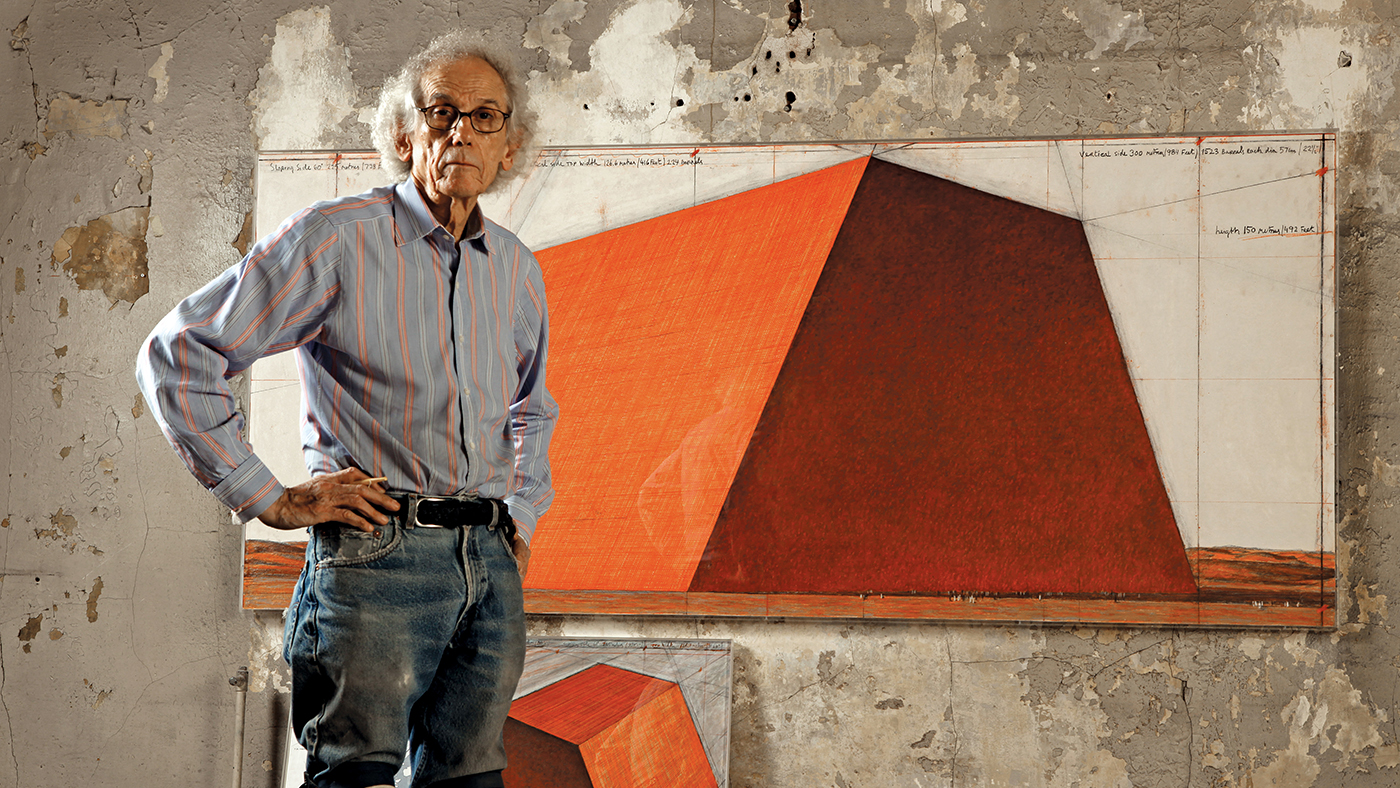
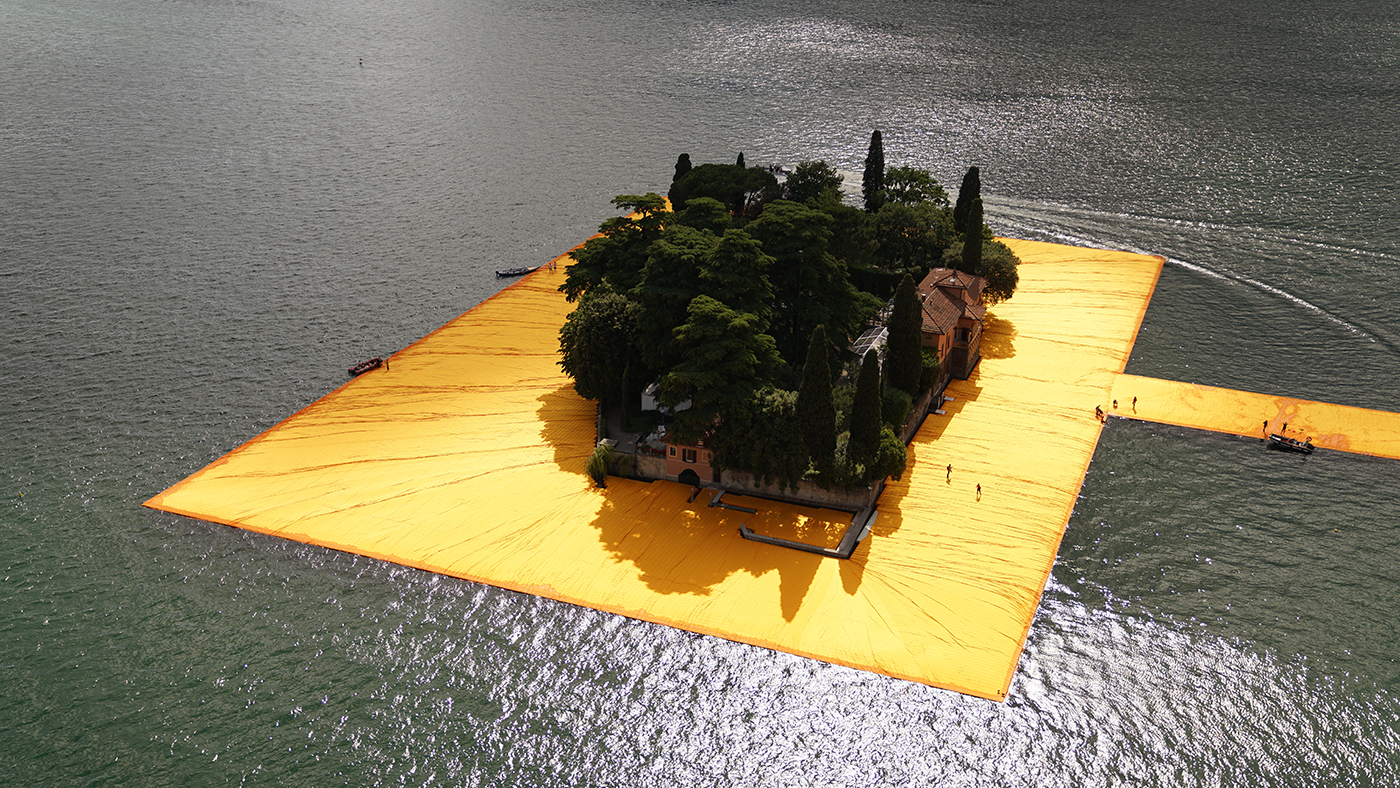
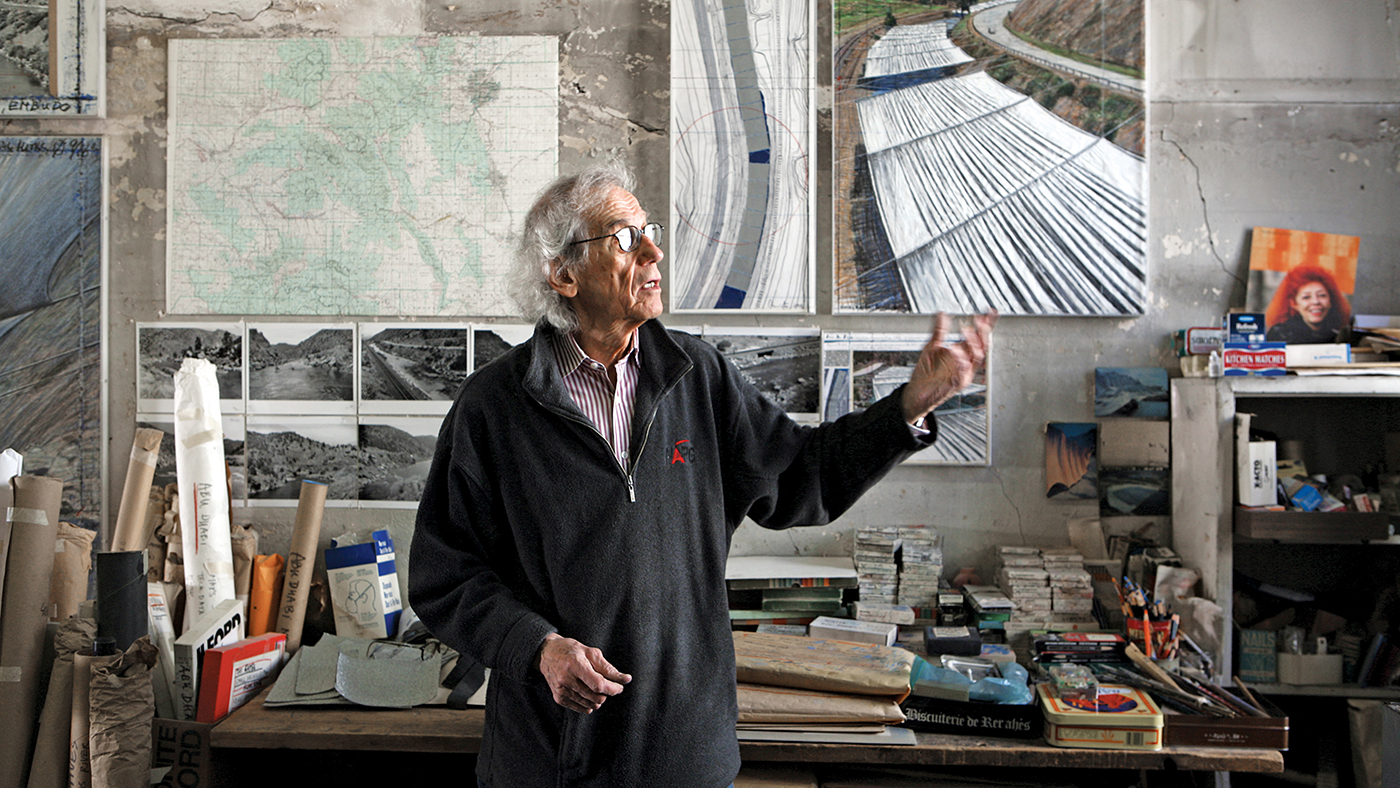
Each of our works is the product of our decisions – what to do, how to do it and how to make it happen. And because they're in public spaces, they often take an enormous amount of time to organise; and I mean many, many years. You have to hire the services of so many people to make them happen – the payroll costs are huge – and rent every square foot around the space. And then the final work is just up for maybe two weeks, which makes for a short, precious time to explore it, because we never do it again.
It's precious for being brief, which is true for everything really. These days we're bombarded with the banality of things – it's the same thing over and over. Of course, because each of our projects is much longer than the time it's on view, for us every one is a journey. Often they don't come off. We've realised 23 projects over 50 years, but haven't managed to get permission for 37 others. But that's not bad considering we're dealing with the real world. We were turned down by the German government three times before a vote in parliament finally allowed us to wrap the Reichstag. The Mastaba [which, when finished, will be the biggest sculpture ever made] in the desert in Abu Dhabi has been the longest – we've been working on that for 40 years. But I'm an eternal optimist and hope, there's always hope, it will still happen.

People have often objected to the works because they're totally rational but absolutely unnecessary and useless. In fact, their scale only impresses people because they're useless. Things we're familiar with as being on such a scale, like buildings and bridges, can to our mind all be justified. And yet, despite the scale, I think they're very intimate. You can walk on them, touch them. But they're not propaganda. We can't articulate what a work means to the people who see it – how seeing the Reichstag wrapped makes a German feel, for example. I escaped from a communist country and consequently won't give an inch of my artistic freedom to propagandists of any kind. It's why we work outside of the gallery system and find all the works ourselves. I don't ever want to be part of any system that wants to take control.
The Week
Escape your echo chamber. Get the facts behind the news, plus analysis from multiple perspectives.

Sign up for The Week's Free Newsletters
From our morning news briefing to a weekly Good News Newsletter, get the best of The Week delivered directly to your inbox.
From our morning news briefing to a weekly Good News Newsletter, get the best of The Week delivered directly to your inbox.
CHRISTO VLADIMIROV JAVACHEFF is the 80-year-old Bulgarian-born artist better known simply as Christo. Christo – a collective name which, until her death in 2009, also encompassed his wife and long-term artistic partner Jeanne-Claude de Guillebon – is best known for his large-scale public works. These have included 1968's Wrapped Coast – the wrapping of one million square feet of synthetic fabric over 1.5 miles of Sydney coastline; 1971's Wrapped Reichstag – when Berlin's historic seat of government was covered in a polypropylene sheet; and 2016's Floating Piers, when a walkway, suspended by 220,000 high-density inflated cubes, was stretched across Italy's Lake Iseo. A retrospective of Christo's work is on at the Serpentine Gallery, London, this summer.
A free daily email with the biggest news stories of the day – and the best features from TheWeek.com
-
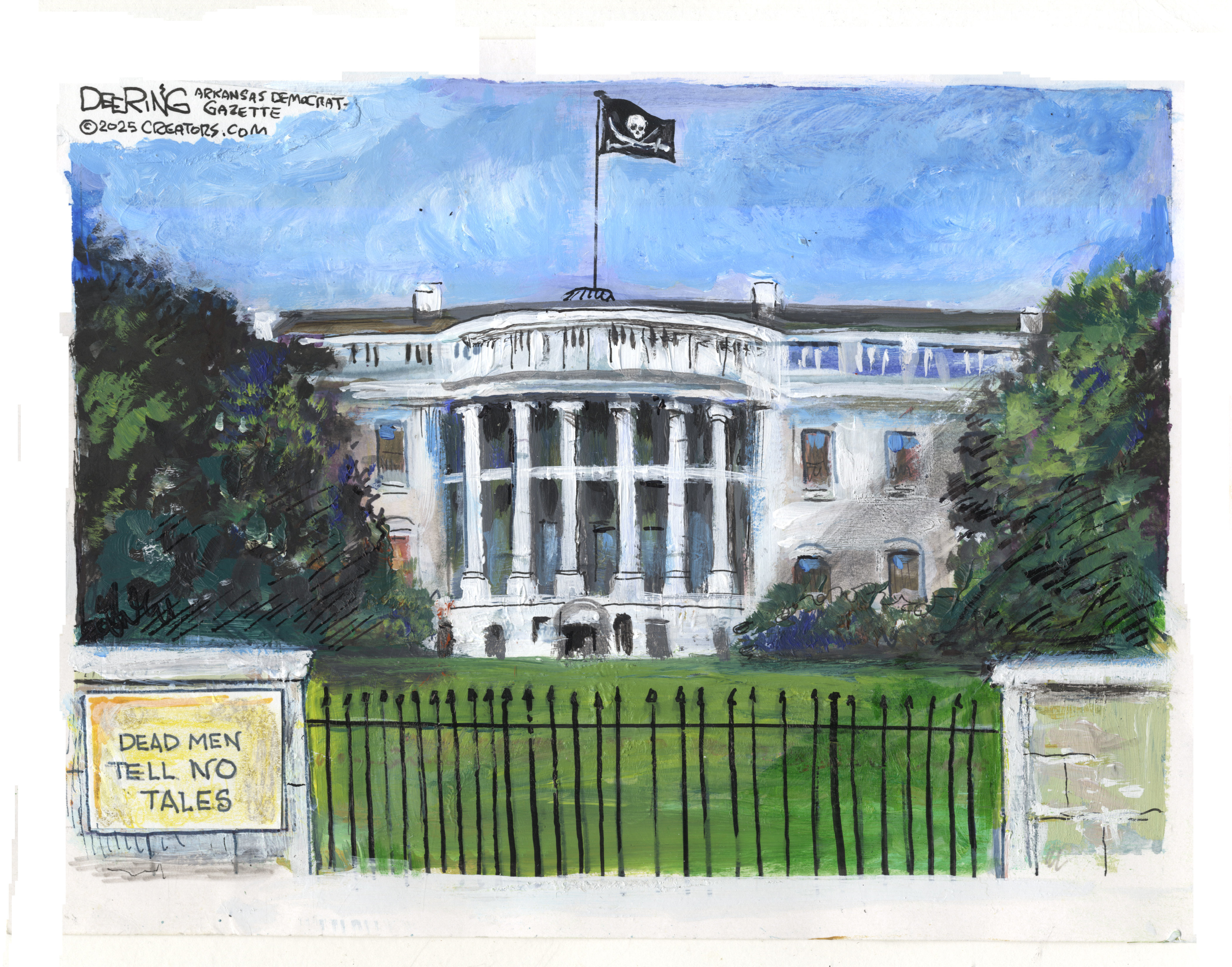 Political cartoons for December 14
Political cartoons for December 14Cartoons Sunday's political cartoons include a new White House flag, Venezuela negotiations, and more
-
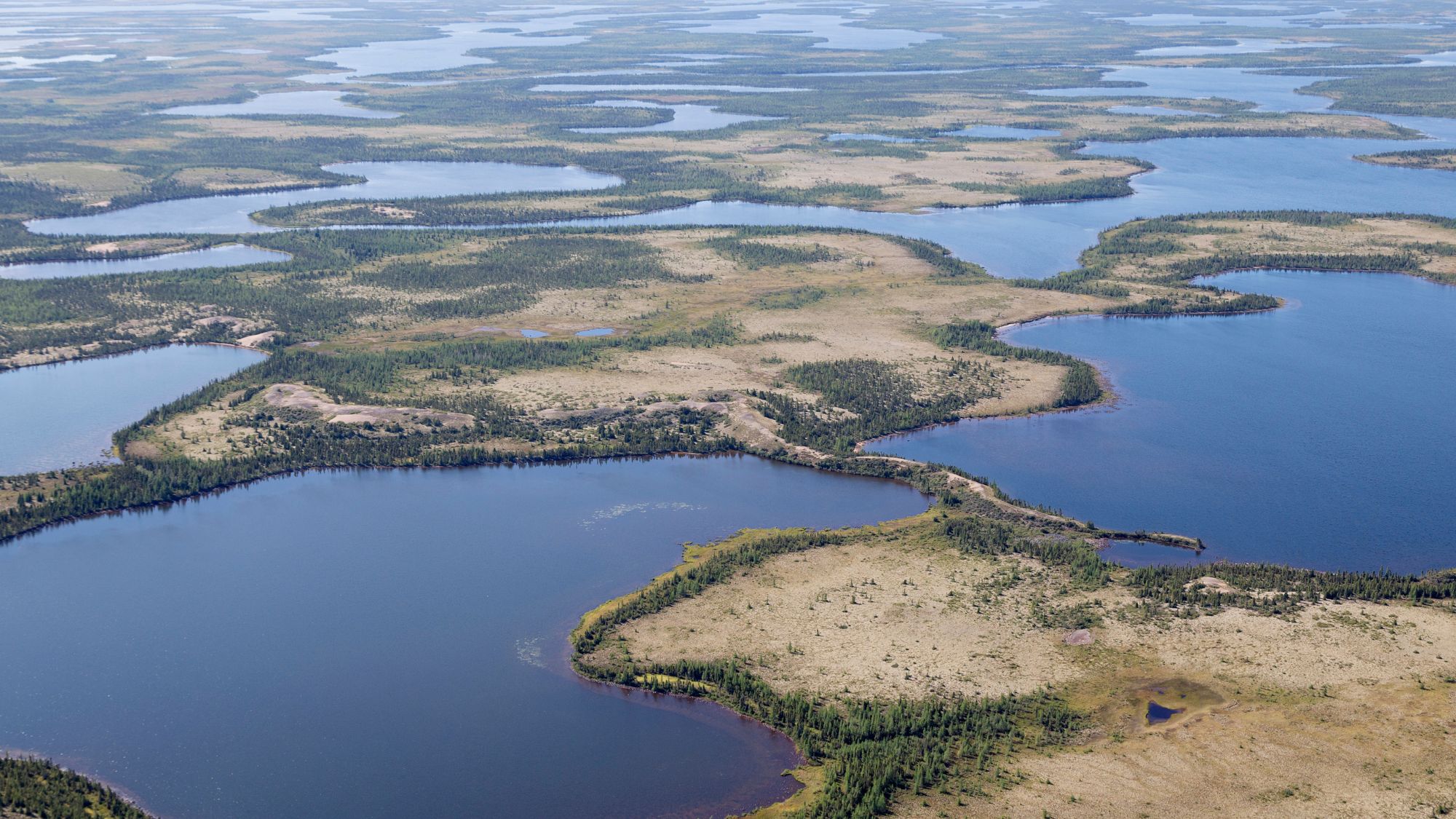 Heavenly spectacle in the wilds of Canada
Heavenly spectacle in the wilds of CanadaThe Week Recommends ‘Mind-bending’ outpost for spotting animals – and the northern lights
-
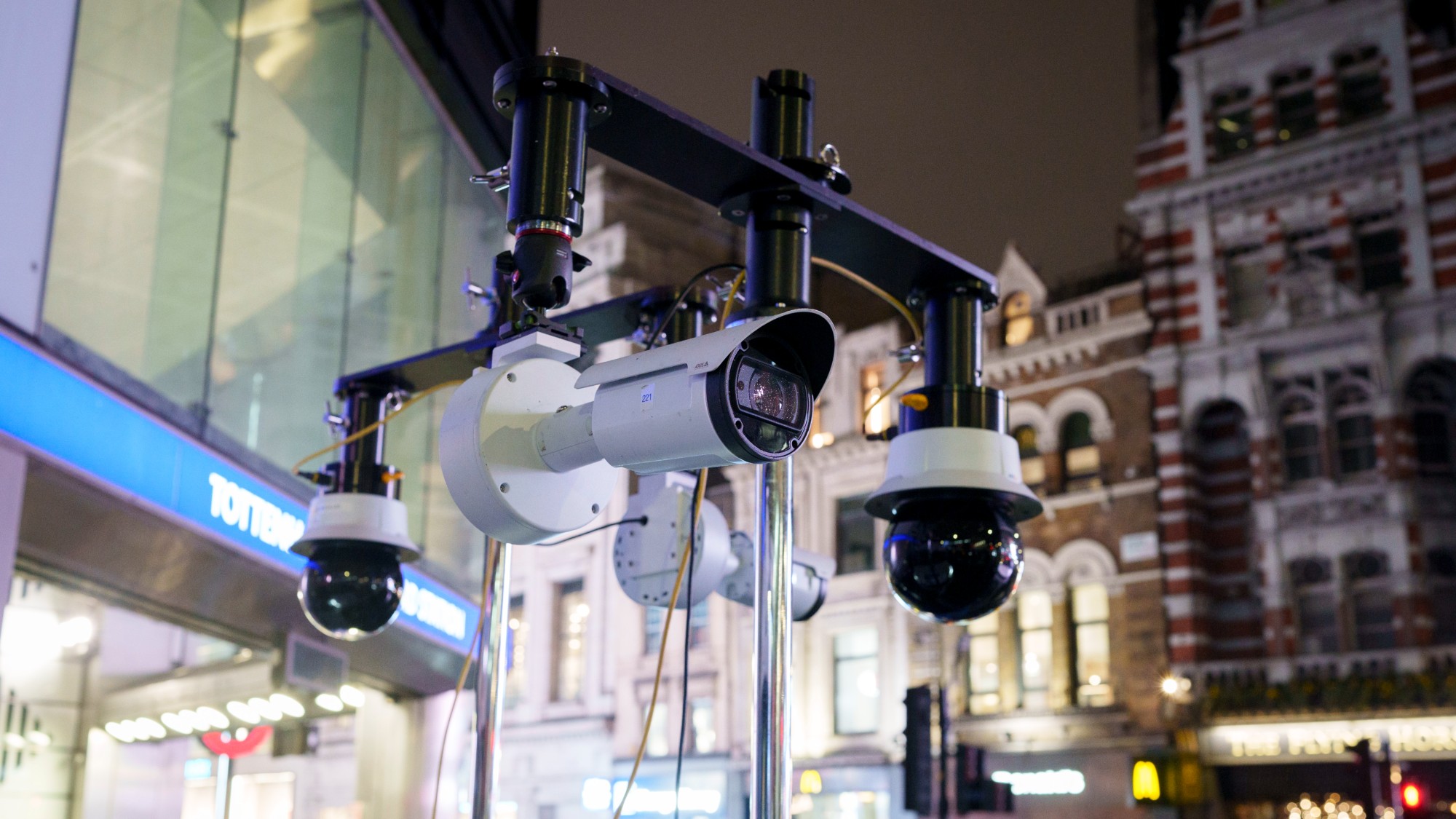 Facial recognition: a revolution in policing
Facial recognition: a revolution in policingTalking Point All 43 police forces in England and Wales are set to be granted access, with those against calling for increasing safeguards on the technology